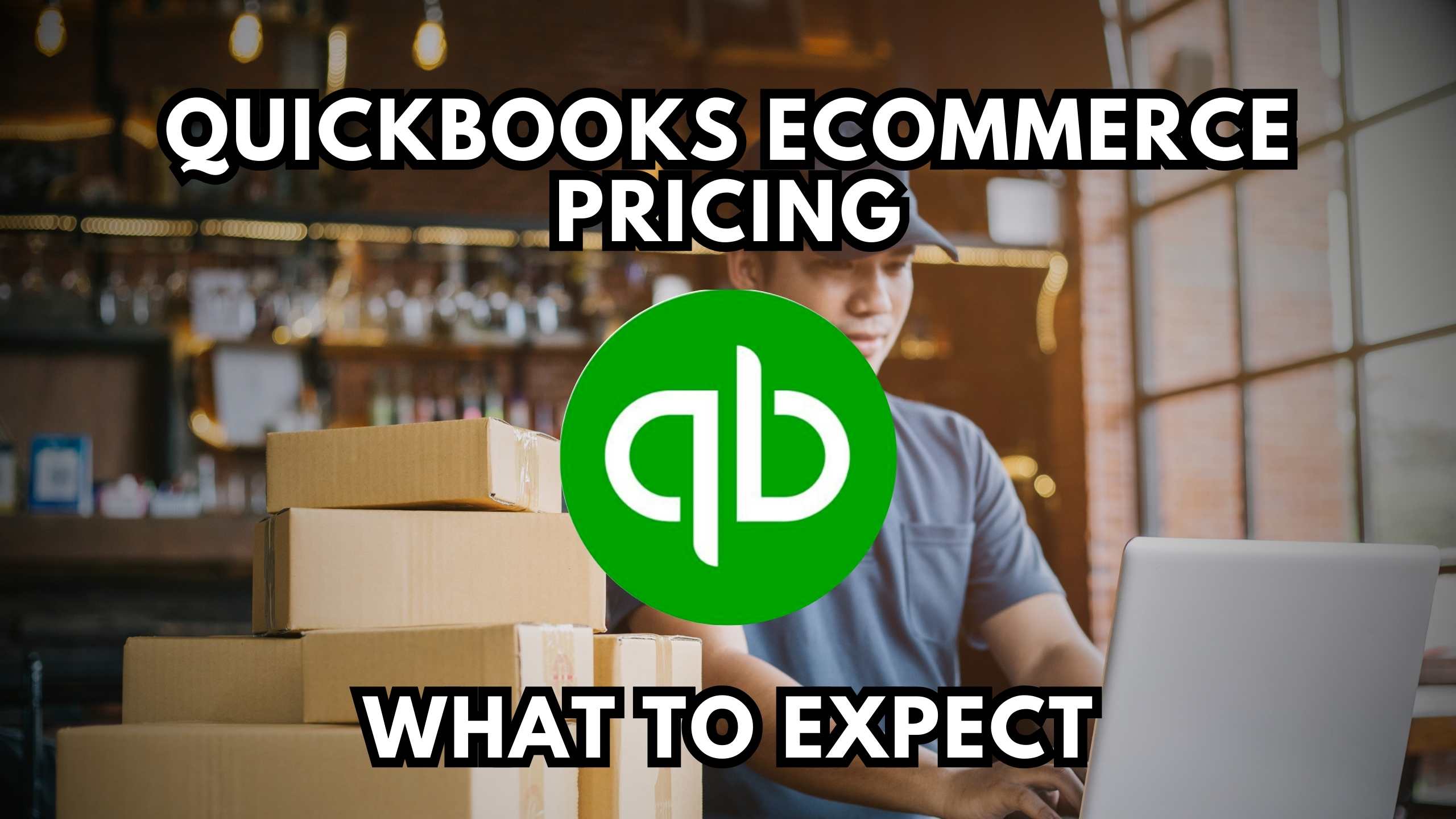QuickBooks Ecommerce Pricing: What to Expect


QuickBooks Ecommerce Pricing: What to Expect
Navigating the world of ecommerce finance requires a reliable accounting solution, and QuickBooks Ecommerce is a popular choice. In this blog, we’ll explore the intricacies of QuickBooks Ecommerce pricing, helping businesses understand what to expect and how to make informed decisions.
1. Understanding QuickBooks Ecommerce Subscription Tiers
QuickBooks Ecommerce offers different subscription tiers tailored to the diverse needs of ecommerce businesses. The pricing structure typically includes basic, standard, and advanced plans, each with varying features and capabilities. It’s crucial for businesses to assess their requirements and select a subscription tier that aligns with their size, transaction volume, and desired functionalities.
2. Features Impacting QuickBooks Ecommerce Pricing
The cost of QuickBooks Ecommerce is influenced by various features such as inventory management, order tracking, and integration capabilities. Understanding how these features align with business requirements is essential in determining the overall value and cost-effectiveness of the chosen subscription tier. Robust features can contribute to efficiency, accuracy, and overall financial management.
3. Add-Ons and Integrations for Enhanced Functionality
QuickBooks Ecommerce often offers add-ons and integrations that can enhance its functionality. These may include tools for tax management, payment processing, and customer relationship management. While these additions can provide valuable features, businesses should carefully evaluate the cost implications and ensure that the chosen add-ons align with their specific needs.
4. Factors Influencing QuickBooks Ecommerce Pricing Changes
Business growth and evolving needs may impact QuickBooks Ecommerce pricing. It’s essential for businesses to anticipate potential changes in costs as their operations expand. Additionally, staying informed about updates and new features can help businesses assess whether a shift to a higher subscription tier is necessary for continued optimization.
Recommended SaaS Products for Ecommerce Finance:
- QuickBooks Ecommerce: Streamline your ecommerce financial management with QuickBooks Ecommerce, offering diverse subscription tiers and powerful features for efficient accounting.
- Zapier: Integrate QuickBooks Ecommerce with other SaaS solutions seamlessly using Zapier, automating workflows to enhance efficiency and accuracy.
- Klaviyo: Elevate your ecommerce marketing and customer relationship management by integrating Klaviyo with QuickBooks Ecommerce, ensuring a cohesive approach to financial and marketing strategies.
- Stripe: Simplify payment processing and manage transactions seamlessly with Stripe, providing a secure and flexible payment gateway for ecommerce businesses.
- Chargebee: Optimize subscription billing and revenue management with Chargebee, a comprehensive platform designed to streamline recurring billing processes for ecommerce ventures.
Conclusion
In conclusion, understanding QuickBooks Ecommerce pricing is pivotal for ecommerce businesses aiming to manage their finances effectively. By considering subscription tiers, features, potential changes, and integrations with other SaaS solutions, businesses can make informed decisions that align with their financial management goals.
Optimize Your Ecommerce Finances with Subscribed.fyi!
Ready to enhance your ecommerce financial management? Subscribed.fyi offers exclusive deals on essential SaaS tools tailored to finance and accounting professionals. Sign up for free today to unlock secret deals and access savings on tools like QuickBooks Ecommerce, Zapier, Klaviyo, Stripe, Chargebee, and more. Streamline your financial processes and unlock the path to ecommerce success with Subscribed.fyi.
Relevant Links:





